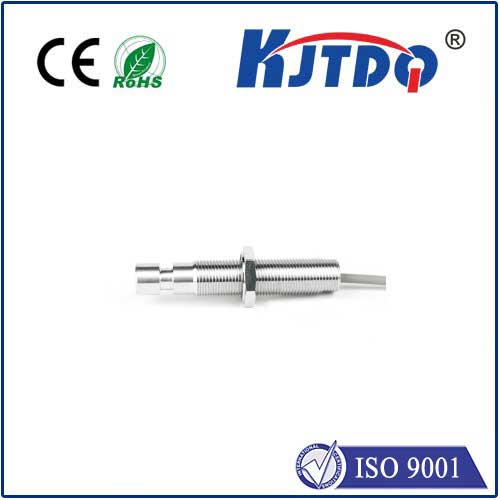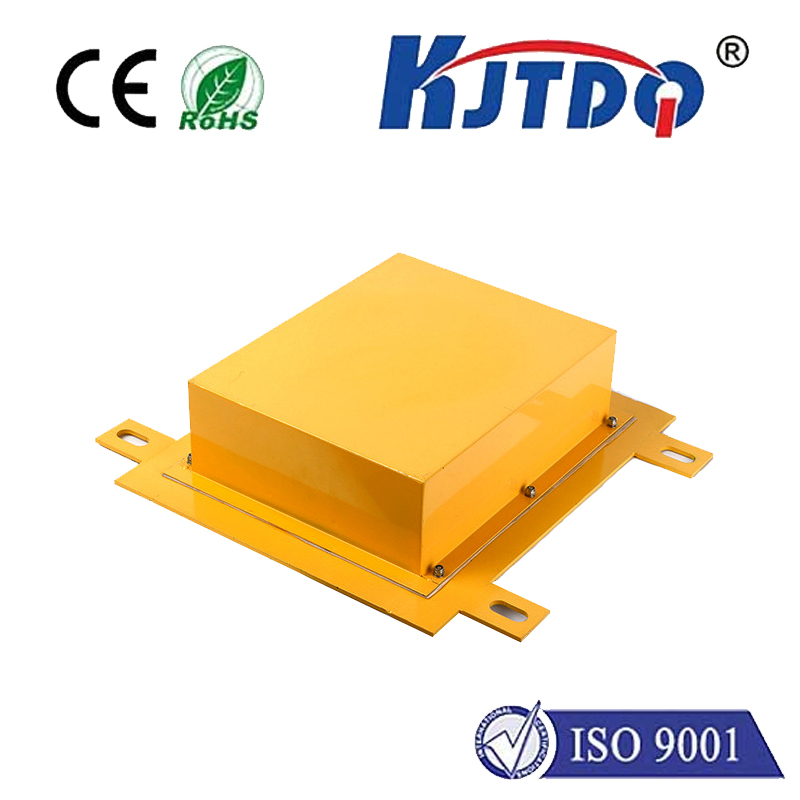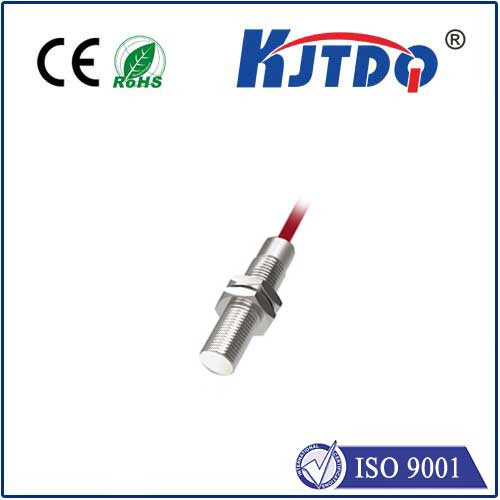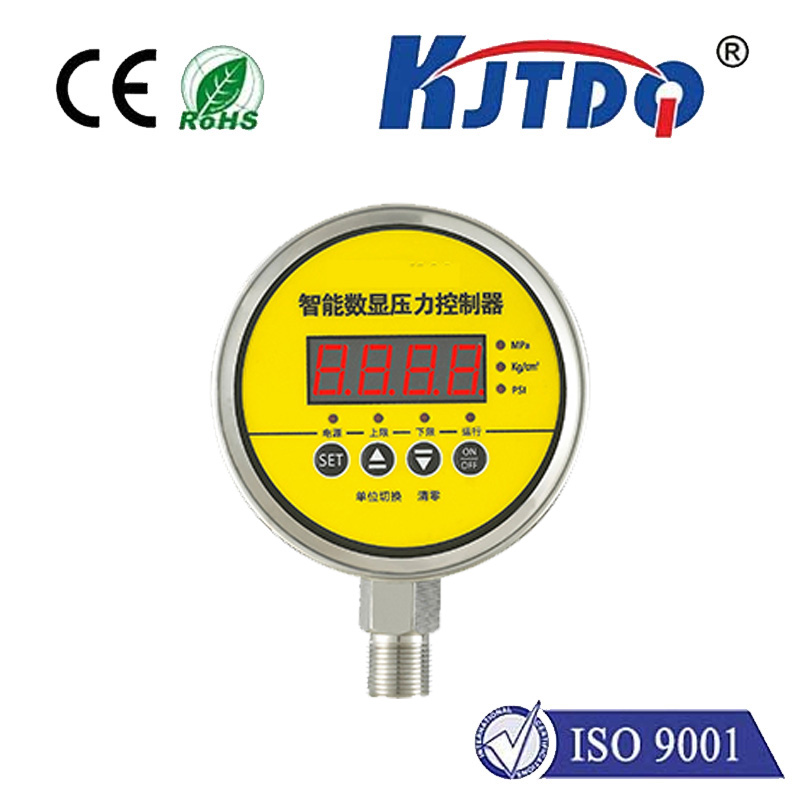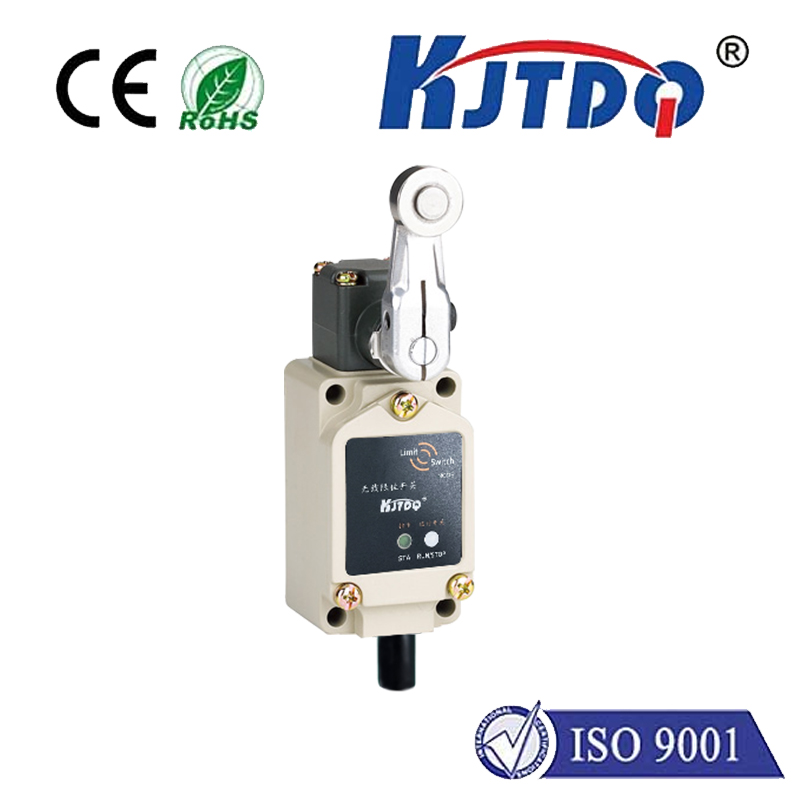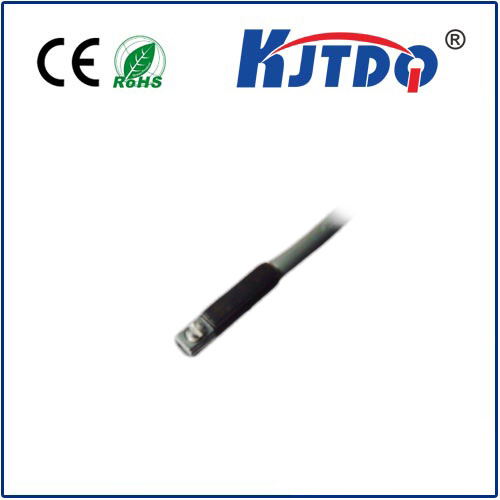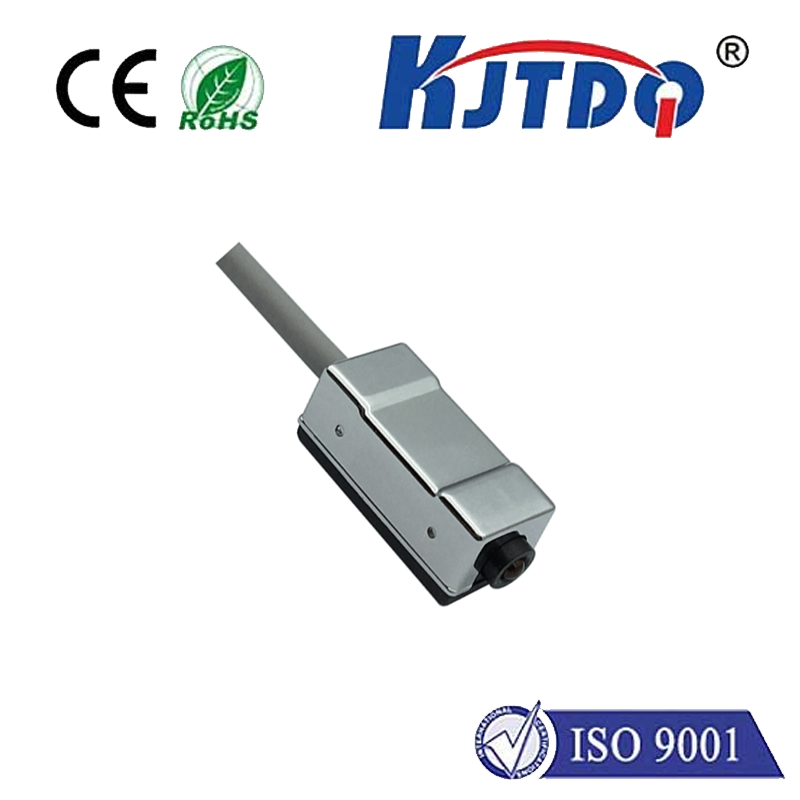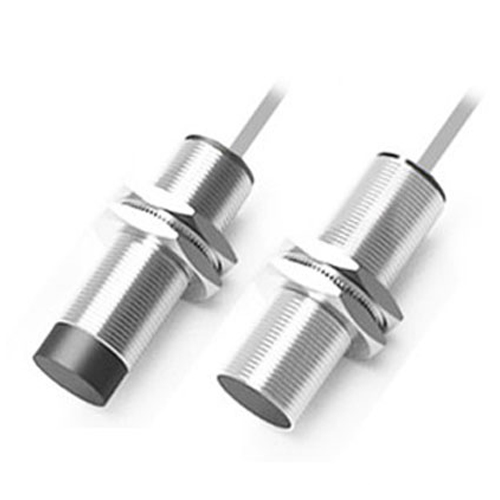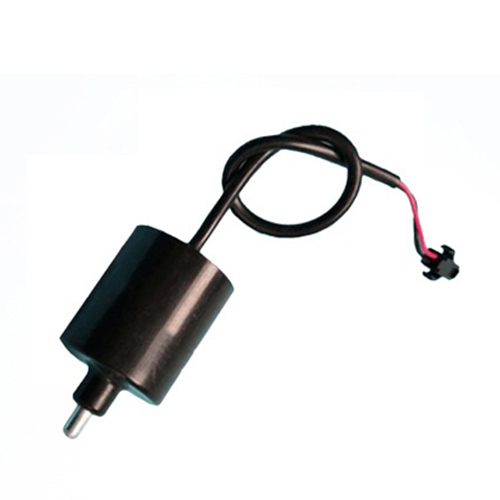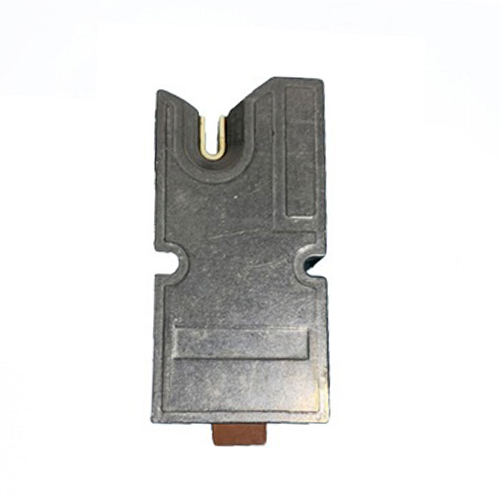optical distance measurement sensor
- time:2025-08-14 12:40:29
- Click:0
Unlocking Precision: The Essential Guide to Optical Distance Measurement Sensors
Optical Distance Measurement Sensors: Your Key to Non-Contact Precision
In a world driven by automation, quality control, and miniaturization, accurately measuring distance without physical contact is often not just desirable – it’s essential. Think of intricate robotics navigating complex environments, production lines verifying micro-tolerances on components, or drones precisely mapping terrain. This is where optical distance measurement sensors shine. These sophisticated devices harness the properties of light to deliver fast, reliable, and highly accurate distance readings, transforming countless industries. But how exactly do they work, and why are they becoming indispensable tools across the technological spectrum?
The Foundation: How Light Measures Distance
At their core, optical distance sensors operate by projecting light (often laser, LED, or infrared) onto a target and analyzing the reflected signal. The fundamental principle involves measuring a characteristic of this light interaction to calculate the distance. Unlike mechanical probes, they provide non-contact measurement, eliminating wear, potential damage to delicate surfaces, and enabling measurements on moving or inaccessible objects. Let’s explore the primary technologies:

- Laser Triangulation: This is perhaps the most common principle for short to medium ranges (microns to several meters). A laser diode projects a focused spot onto the target. The reflected light strikes a position-sensitive detector (like a CCD or CMOS array) at an angle. As the target moves closer or farther, the position of the reflected spot shifts on the detector. By precisely measuring this shift and applying trigonometric calculations, the sensor accurately determines the target’s distance. Laser displacement sensors based on triangulation excel in high-precision tasks like checking part thickness, profile scanning, and surface position control.
- Time-of-Flight (ToF): This method measures the time it takes for a pulse of light (laser or modulated LED) to travel to the target and back to the sensor. Since the speed of light is constant, the distance is calculated as: Distance = (Speed of Light × Time-of-Flight) / 2. Time-of-flight sensors are well-suited for medium to long-range measurements (several meters up to hundreds of meters) and excel in applications like level sensing in large tanks, object detection for logistics, and simultaneous distance mapping over areas (as seen in many modern LiDAR systems for autonomous vehicles and surveying).
- Interferometry: This ultra-high-precision technique relies on the interference pattern created when two beams of coherent light (e.g., from a laser) combine. One beam serves as a reference, while the other reflects off the target. Even minute movements of the target change the interference pattern. By analyzing these changes, laser interferometers can achieve nanometer or even sub-nanometer resolution. This makes them critical in semiconductor manufacturing, precision metrology labs, and calibration setups, though typically used for shorter ranges.
- Phase-Shift Measurement (Conoscopic Holography): Often used for challenging surfaces (e.g., glass, liquids, rough metals), this method analyzes the phase shift of polarized laser light scattered from a point on the target. It offers high accuracy and resolution even at steep angles or on complex materials.
Why Choose Optical Distance Measurement?
The advantages of employing an optical distance sensor are compelling:
- Non-Contact Operation: Eliminates physical wear, prevents damage to delicate targets, and allows measurement on moving objects.
- High Speed and Precision: Capable of taking thousands of measurements per second at resolutions down to the nanometer level.
- Versatility: Available for a vast range of distances (microns to kilometers) and adaptable to diverse surfaces and environments.
- Remote Sensing: Ideal for hazardous, hot, confined, or otherwise inaccessible locations.
- Rich Data Output: Provides not just distance, but often intensity, profile data, and high-resolution point clouds for 3D imaging.
- High Resolution: Delivers fine detail critical for detecting minute defects or variations.
Powering Applications Across Industries
The capabilities of optical distance sensors make them ubiquitous:
- Industrial Automation & Robotics: Precise positioning guidance for robotic arms, part inspection (thickness, presence, height verification), gap control, assembly line monitoring, and automated quality control systems constantly rely on these sensors.
- Manufacturing Metrology: In-line dimensional gauging of components, surface flatness testing, weld seam inspection, and profile scanning for quality assurance. Laser displacement sensors are workhorses here.
- Aerospace & Automotive: Measuring component tolerances, composite material inspection, gap/flush measurement on car bodies, structural deformation monitoring, and LiDAR systems enabling advanced driver-assistance systems (ADAS) and autonomy.
- Consumer Electronics: Precise component placement during smartphone/tablet assembly, display thickness measurement, and fingerprint sensor positioning.
- Medical Technology: Guiding surgical robots, non-contact patient monitoring, medical device assembly inspection.
- Logistics & Warehousing: Forklift guidance, pallet dimensioning, automated guided vehicle (AGV) navigation, inventory management using area-scanning ToF solutions.
- Surveying & Geospatial: LiDAR sensors, harnessing the time-of-flight principle, generate intricate 3D point clouds for topographic mapping, forestry management, infrastructure planning, and cultural heritage documentation.
- Research & Development: High-precision position tracking in physics experiments, material science analysis, and prototype evaluation.
Selecting the Right Sensor: Key Considerations
Choosing the optimal optical distance sensor depends heavily on the application’s specific demands:
- Required Measurement Range: From microns (interferometers) to kilometers (LiDAR).
- Needed Resolution & Accuracy: Ultra-high precision vs. general proximity detection.
- Target Surface Properties: Reflective, matte, transparent, rough, or dark surfaces behave differently; some technologies handle challenging materials better.
- Operating Environment: Temperature extremes, dust, fog, vibration, or ambient light interference can impact performance. Look for ruggedized designs or specific technologies suited to harsh conditions.
- Measurement Speed: How many samples per second are required?
- Output Data: Simple distance reading, analog signal, digital communication protocol (e.g., Ethernet/IP, IO-Link), or complex profile/point cloud data?
- Cost: Technologies vary significantly; balance performance requirements against budget.
The Future is Bright (and Precise)
Advancements in optical distance measurement are relentless. Key trends include:
- Miniaturization: Shrinking sensor footprints for integration into smaller devices and robotics, including embedded solutions.
- Enhanced Speed & Integration: Faster processors enabling higher measurement rates and sophisticated on-sensor data processing. Integration with photonic mixer devices (PMDs) and advanced CMOS technologies continues.
- Increased Intelligence: Sensors incorporating AI algorithms directly on the edge for real-time analysis and decision-making without relying on external controllers.
- Improved Performance on Difficult Surfaces: Ongoing development of techniques like multi-wavelength lasers and advanced signal processing to handle transparent glass, shiny metals, or extremely dark materials more robustly.
- Cost Reduction: Wider adoption and manufacturing improvements are making high-performance sensors more accessible.
From the micron-level accuracy needed in chip fabs to the vast spatial mapping performed by aerial LiDAR, optical distance measurement sensors are fundamental enablers of modern technology. Their ability to deliver fast, precise, and non-contact












